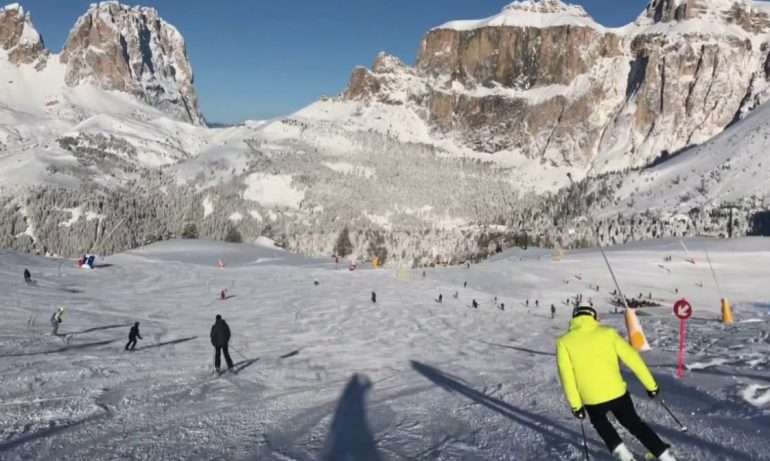The concept of wrapping a water heater might seem like a simple act‚ but its impact on energy consumption and cost savings can be surprisingly significant. Many homeowners overlook this straightforward measure‚ missing out on a chance to drastically reduce their monthly utility bills. The science behind wrapping a water heater is rooted in minimizing heat loss‚ thus allowing the water inside to maintain its temperature for longer periods. This‚ in turn‚ reduces the frequency with which the heater needs to activate‚ leading to substantial energy savings over time.
Why Wrap Your Water Heater? Unveiling the Benefits
Wrapping your water heater offers a multitude of benefits beyond just saving money. Let’s explore some of the key advantages:
* **Reduced Energy Consumption:** As mentioned earlier‚ insulation minimizes heat loss‚ leading to less frequent heating cycles.
* **Lower Utility Bills:** Less energy consumption directly translates to lower monthly electricity or gas bills.
* **Extended Water Heater Lifespan:** By reducing the workload on the heating element‚ you can potentially extend the life of your water heater.
* **Environmental Impact:** Using less energy contributes to a smaller carbon footprint and a more sustainable lifestyle.
Choosing the Right Insulation for Your Water Heater
Selecting the correct insulation material is crucial for optimal performance. Here’s a breakdown of some common options:
* **Fiberglass Insulation:** A readily available and affordable option.
* **Reflective Foil Insulation:** Ideal for reflecting radiant heat.
* **Foam Insulation:** Offers excellent insulation properties but can be more expensive.
Before selecting an insulation type‚ consider the R-value (resistance to heat flow) of the material. A higher R-value indicates better insulation. Always check your water heater’s manual and local building codes for specific recommendations and safety guidelines.
The Wrapping Process: A Step-by-Step Guide
While professional installation is an option‚ wrapping your water heater is a relatively straightforward DIY project. Here’s a general outline of the process:
1. **Preparation:** Turn off the power or gas supply to the water heater. Measure the dimensions of the tank to determine the amount of insulation needed.
2. **Applying the Insulation:** Wrap the tank‚ leaving access to the controls and pressure relief valve. Secure the insulation with foil tape.
3. **Safety Check:** Ensure that the insulation does not obstruct any vents or safety features.
Important Safety Considerations
* Always follow the manufacturer’s instructions for both the insulation and the water heater.
* Wear appropriate safety gear‚ such as gloves and eye protection.
* If you are unsure about any part of the process‚ consult with a qualified professional.
Wrapping a water heater is a practical and accessible way to improve energy efficiency in your home. By understanding the benefits and following the proper procedures‚ you can significantly reduce your energy consumption and save money on your utility bills. When considering home improvement projects to improve efficiency‚ remember that wrapping a water heater is a simple and effective first step.
Now that we’ve covered the basics‚ let’s dive into some more advanced considerations and troubleshooting tips to ensure your water heater wrapping project is a complete success.
ADVANCED CONSIDERATIONS FOR OPTIMAL RESULTS
Beyond simply wrapping the tank‚ there are nuances that can further enhance the effectiveness of your insulation efforts. Consider these points:
* **Pipe Insulation:** Don’t neglect the pipes connected to the water heater! Insulating these pipes will further minimize heat loss as hot water travels throughout your home. Use pre-slit foam pipe insulation for easy application.
* **Attic or Unheated Spaces:** If your water heater is located in an unheated area‚ such as an attic or garage‚ consider adding an extra layer of insulation for maximum protection against temperature fluctuations.
* **Regular Inspections:** Periodically inspect the insulation for any signs of damage or deterioration. Repair or replace the insulation as needed to maintain optimal performance;
TROUBLESHOOTING COMMON ISSUES
Even with careful planning‚ you might encounter some challenges during or after the wrapping process. Here are some common issues and their solutions:
* **Condensation:** If you notice condensation forming on the insulation‚ it could indicate poor ventilation or excessive humidity. Improve ventilation in the area or consider using a vapor barrier.
* **Insufficient Heat:** If the water isn’t as hot as it used to be after wrapping the heater‚ double-check that the thermostat is set correctly and that the insulation isn’t blocking any vents or controls.
* **Damaged Insulation:** If the insulation becomes torn or damaged‚ repair it immediately with foil tape or replace the affected section.
COMPARING INSULATION MATERIALS: A QUICK GUIDE
Here’s a table summarizing the key characteristics of different insulation materials:
Material
R-Value (per inch)
Cost
Pros
Cons
Fiberglass
2.2 ― 2.9
Low
Affordable‚ readily available
Can cause skin irritation‚ lower R-value
Reflective Foil
Varies (dependent on air gap)
Medium
Reflects radiant heat‚ lightweight
Requires air gap to be effective‚ can be less effective in humid climates
Foam (Rigid)
4 — 6
High
High R-value‚ moisture resistant
More expensive‚ can be difficult to cut and shape
By carefully considering these advanced tips and troubleshooting techniques‚ you can ensure that your water heater wrapping project is a resounding success. Remember to prioritize safety and consult with a professional if you have any concerns. With a little effort‚ you can enjoy significant energy savings and a more comfortable home for years to come.

